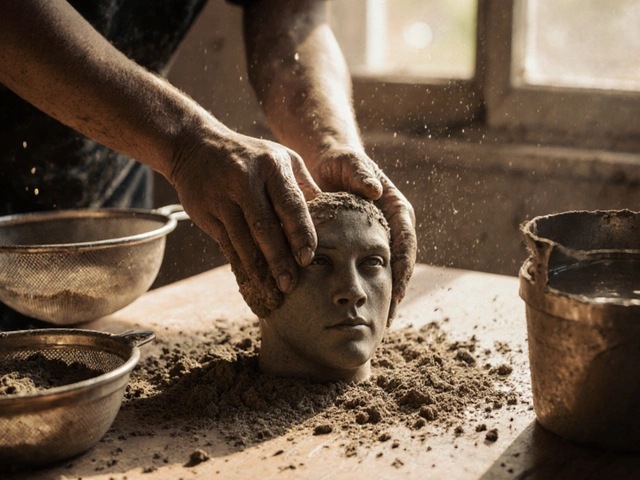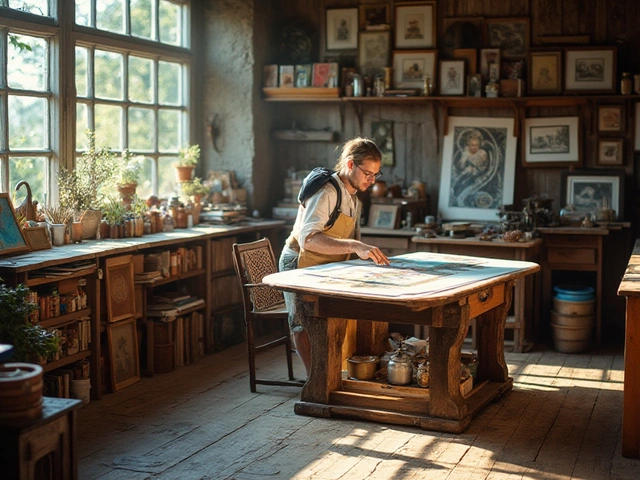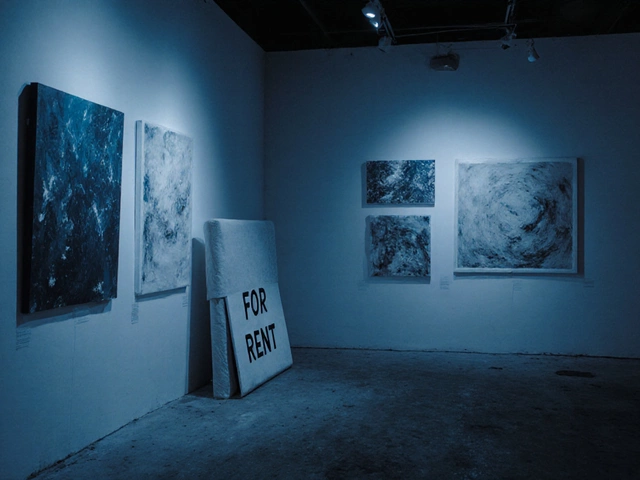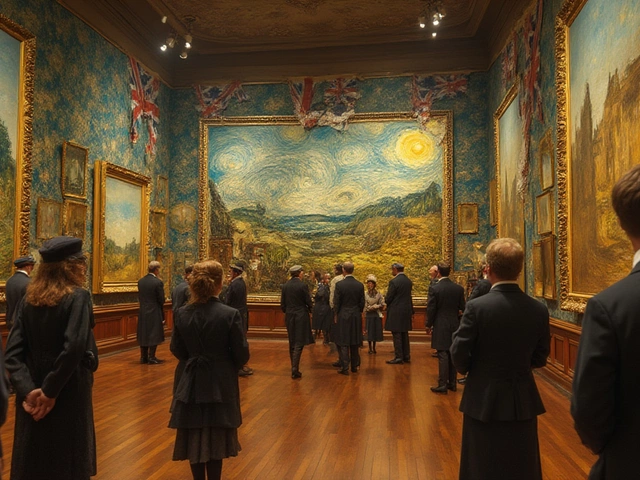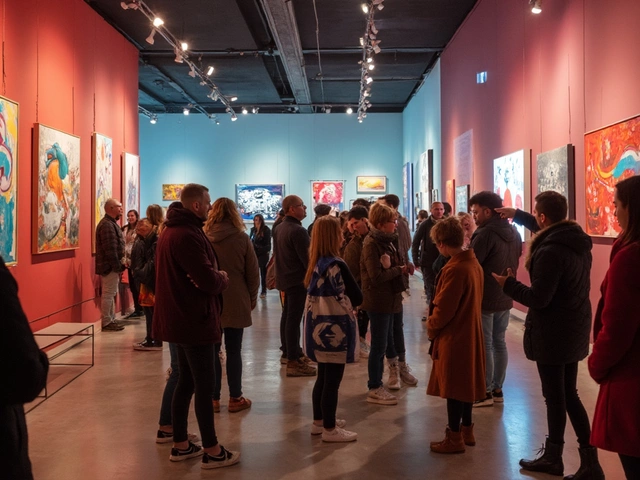Realistic Landscapes: How to Paint Nature Like It’s Alive
When you paint a realistic landscape, a painting that captures the natural world with accuracy, texture, and believable light. Also known as representational landscape art, it’s not about copying a photo—it’s about making the viewer feel like they’re standing in the scene. The best ones don’t just look like nature—they make you smell the pine trees, feel the wind, and hear the distant creek.
What separates a good realistic landscape from a great one? It’s not just skill—it’s how you handle lighting, the way sunlight hits rocks, trees, or water at different times of day, depth, the illusion of space from foreground to horizon, and color harmony, how hues work together without clashing, even when nature feels chaotic. These aren’t just buzzwords. They’re the bones of every successful piece. You can’t fake them. You have to learn them. And you learn them by doing—by studying how light falls on a hill at 4 p.m., by mixing greens that don’t look like toothpaste, by layering paint so the sky feels miles away.
Most beginners start with the background and get stuck. Others try to render every leaf and end up with a stiff mess. The real trick? Know your painting order, the sequence that builds form without overworking the surface. It’s not about perfection. It’s about structure. Start with big shapes. Then values. Then edges. Then the small stuff. That’s how the pros do it. And that’s what the posts below break down—step by step, no fluff. You’ll find guides on avoiding muddy watercolors, choosing the right brush strokes for distant mountains, and how to make a forest feel alive without painting every single tree. Whether you’re working with oils, acrylics, or watercolor, the rules of realism stay the same. You just need the right path.
There’s no magic formula. But there are proven methods. And they’re all here—in the posts below. You’ll see how to turn a dull field into something that pulls you in, how to make clouds feel heavy, and how to paint shadows that don’t look like black smudges. No theory without practice. No art without action. Let’s get you painting like you’ve been there.
How to Make Landscape Paintings Look Good: Simple Techniques for Realistic and Emotional Art
Learn how to make landscape paintings feel alive with simple techniques for composition, color, light, and texture. No fancy tools needed-just observation and honest expression.
Continue Reading
